Main exhibits
Tuesday 2 - Sunday 7 July 2024 | 6 - 9 Carlton House Terrace, London, SW1Y 5AG
With 14 main exhibits and a special Young Researcher Zone exhibit exploring the very latest advances in science and access to over three hundred scientists, the Summer Science Exhibition offers a unique opportunity to explore the science shaping our future with the people making it happen. Additionally, check the programme of daily talks and activities.
Find out more about the exhibitors' research in the links below and plan your visit.
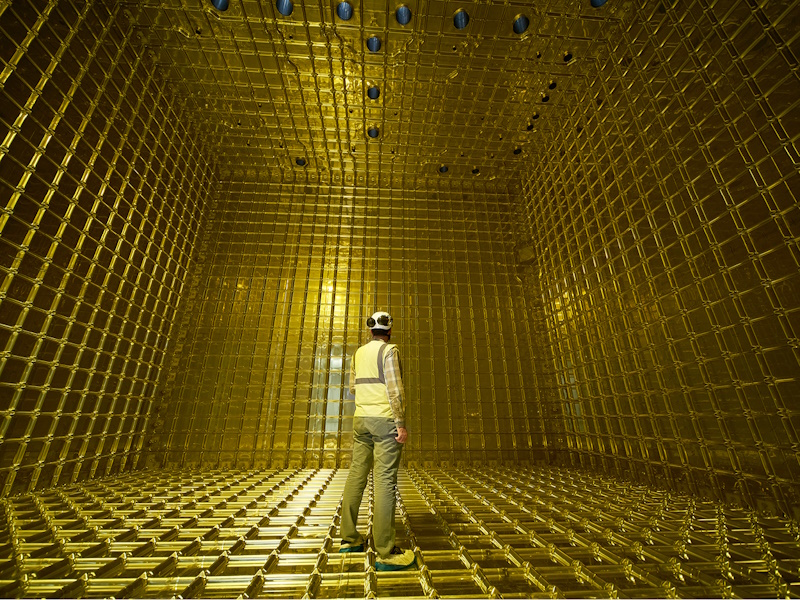
Capturing nature's ghosts
How can the study of ghost-like neutrino particles reveal the Universe's secrets?
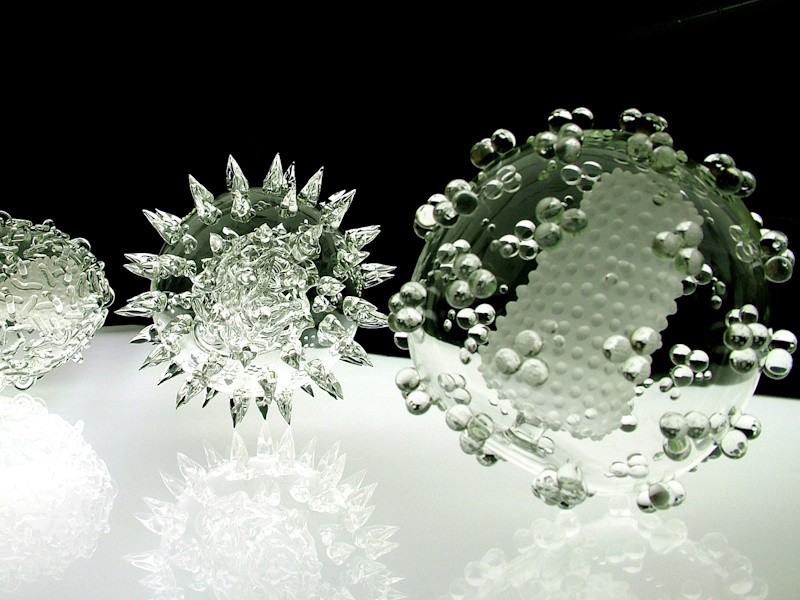
Vaccination, a time machine
Discover how lasting immunity and maximising vaccine protection comes down to the clock.
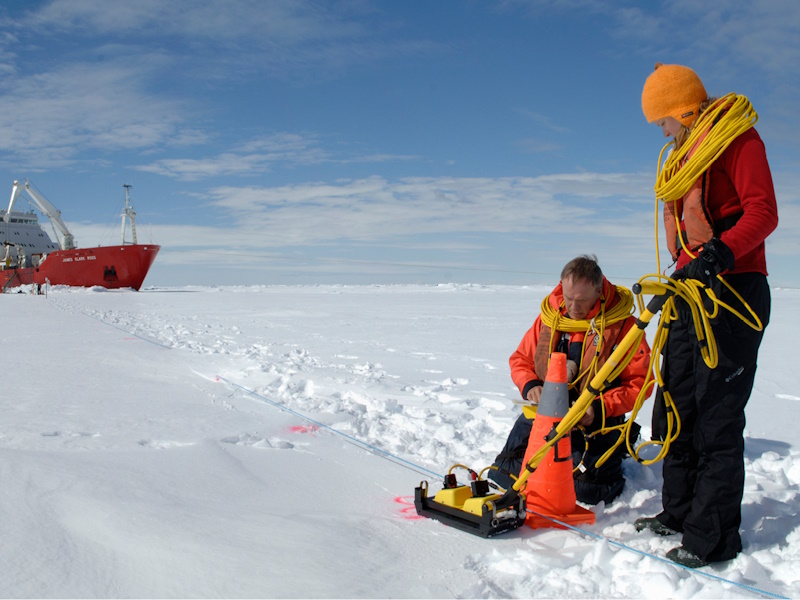
Antarctica: unlocking the past
Underneath the Antarctic ice lies the answers to many questions.
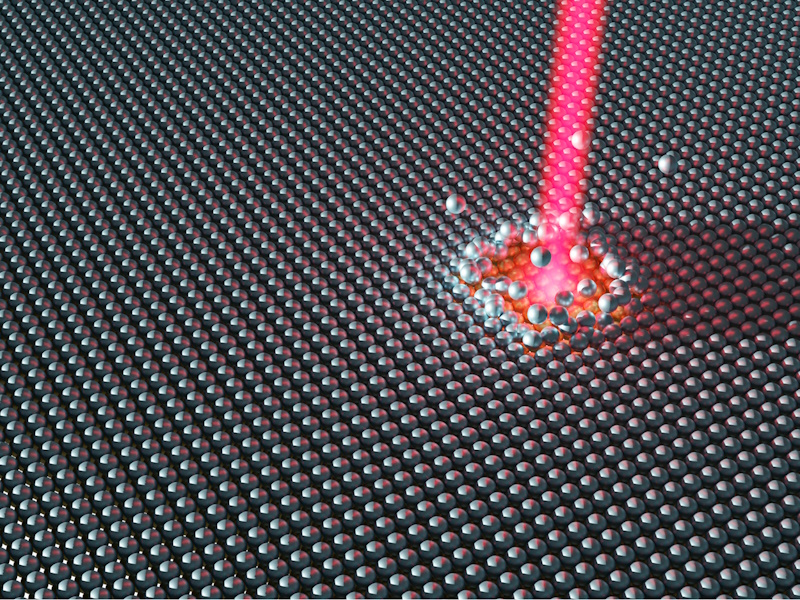
Engineering atom by atom
See how engineering on the smallest scale can have the biggest impact.
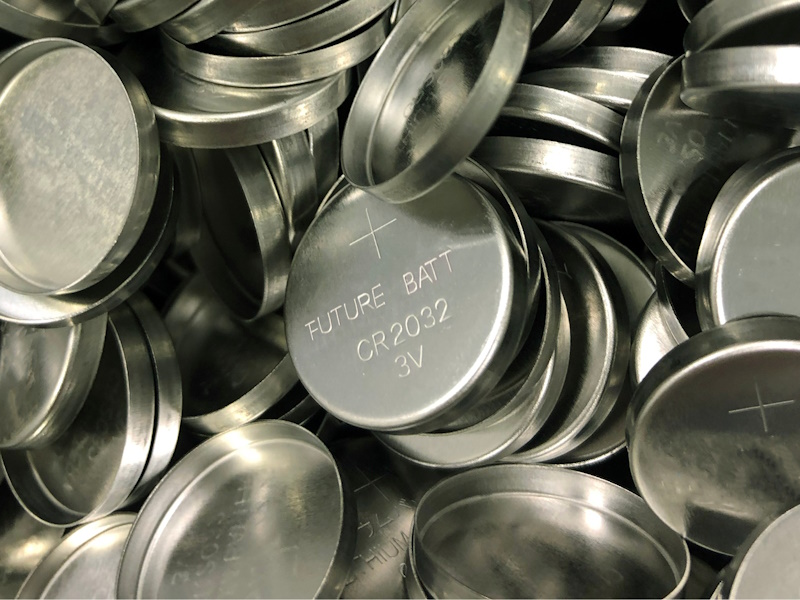
FutureBatt: meet tomorrow's batteries today
Positive change for positive charge.

JWST’s first years of discovery
Our most revealing glimpse into the cosmos.
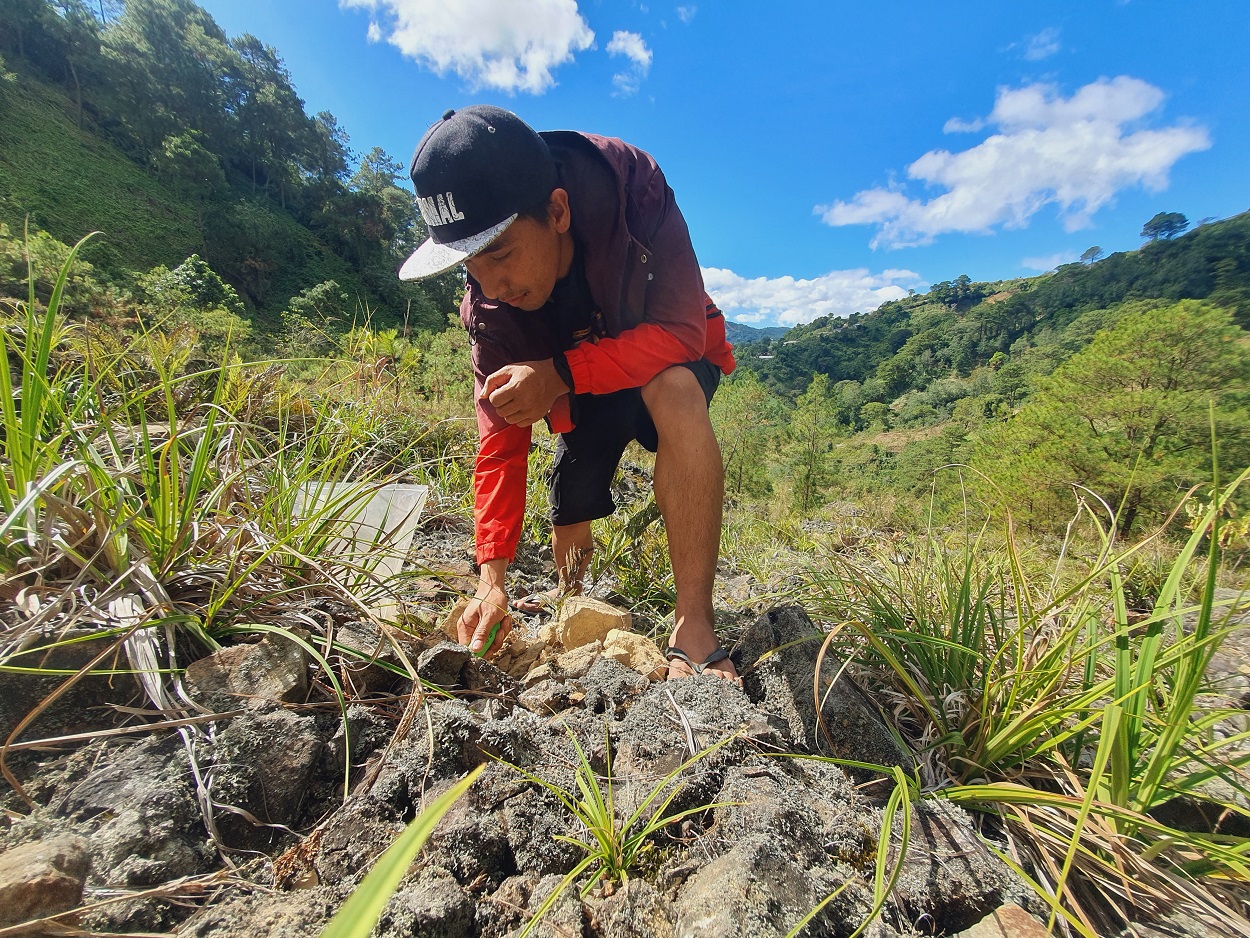
People, nature and mining
A novel approach of rehabilitating mines for local communities and the environment.
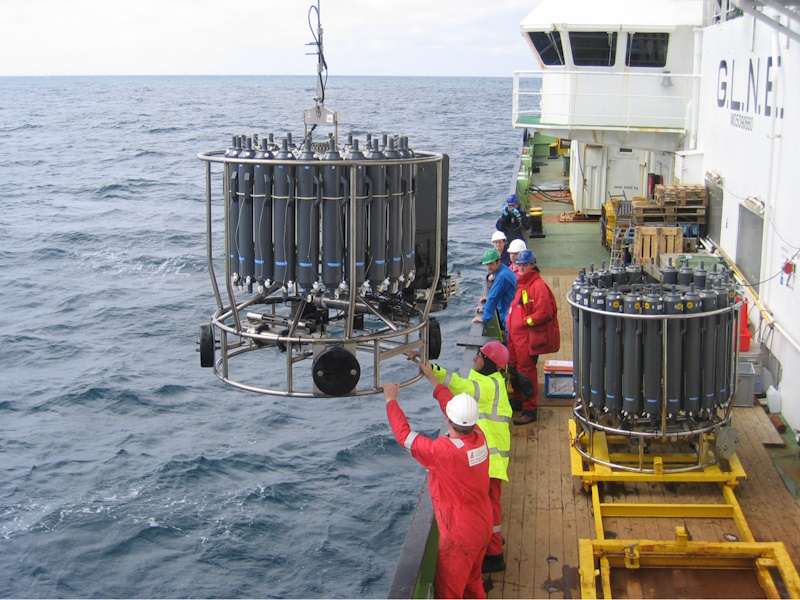
Deep heat: how a warming ocean is challenging life on earth
Learn how scientists are using technology to crucially track the ocean's temperature.
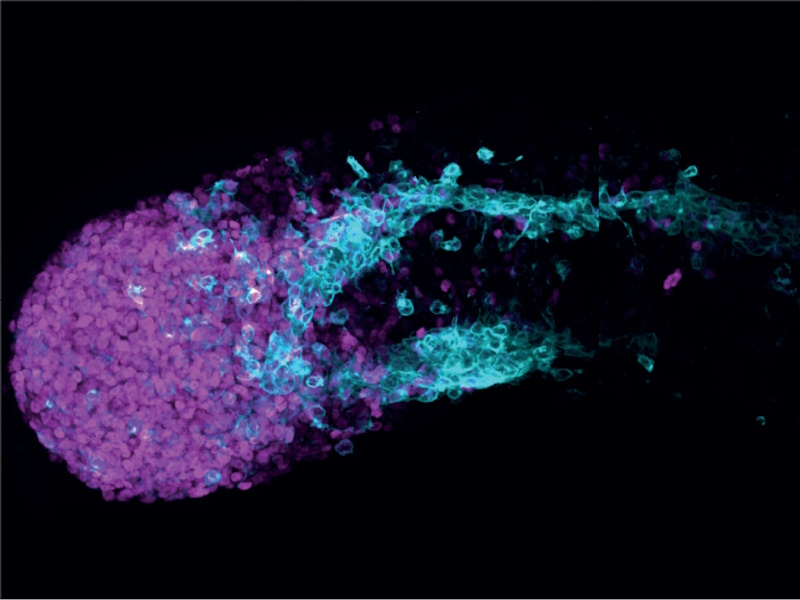
Embryo models: how stem cells reveal the mysteries of development
Stem cells are being used to mimic the earliest stages of human development and deepen our…
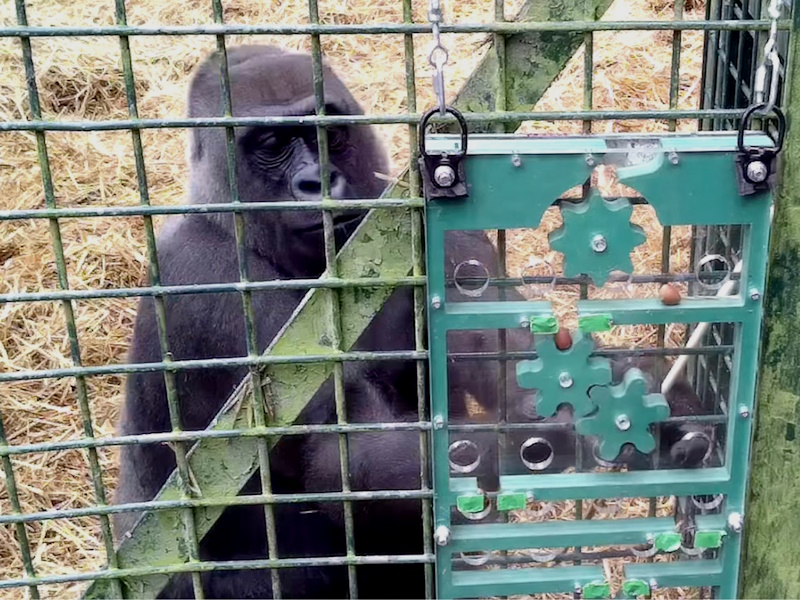
Me, Human
What were the evolutionary steps that humans took which separate us from our primate cousins?
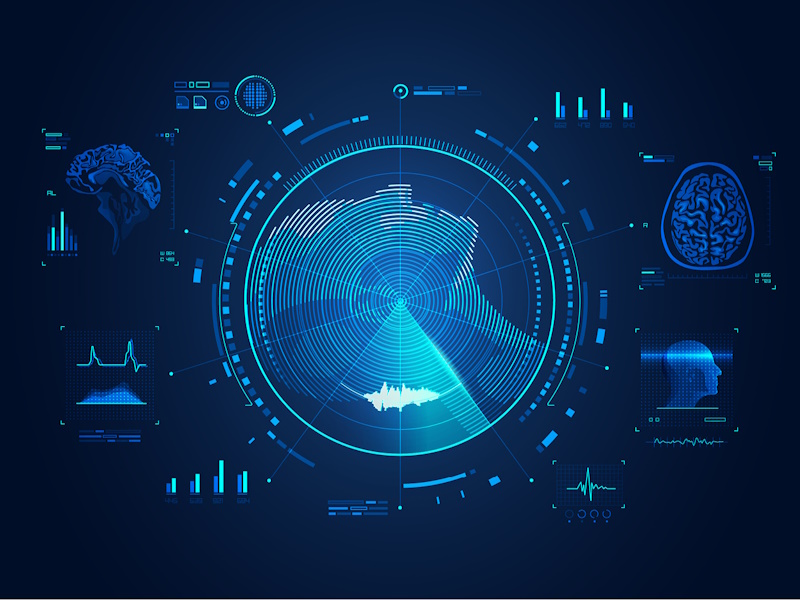
Our future living with personal brain scanners
Consumer neurotech is here and cheap! But is it safe and reliable?
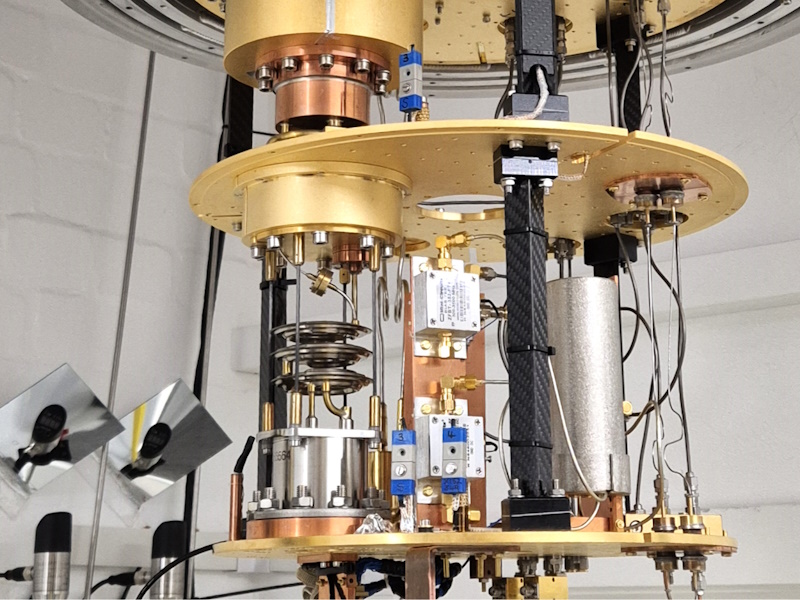
A quantum view of the invisible universe
Can quantum technologies be used to finally solve the greatest mystery in science?
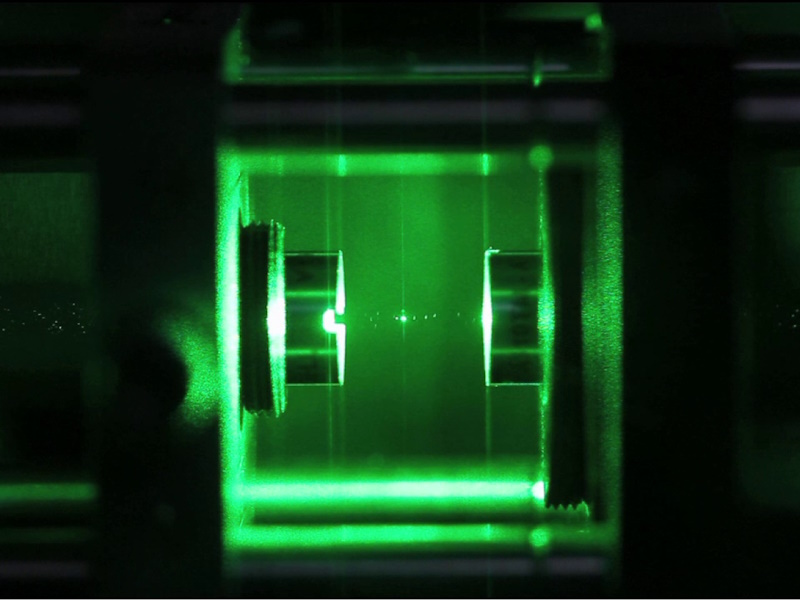
The unseen wonders of light
Our lives are flooded with light, but its wonders are more amazing than you could imagine.
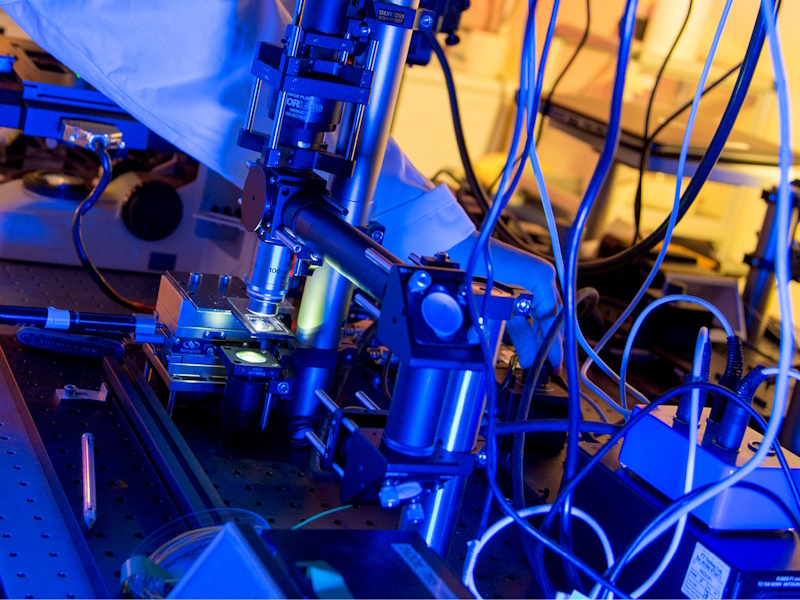
UV or not UV?
Bright research that illuminates the way for effective and cheap medical treatment with UV-light.
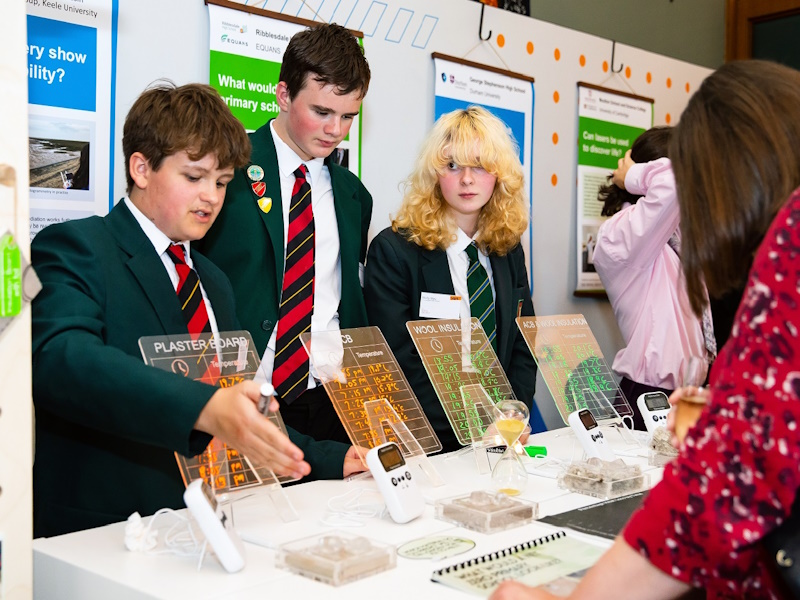
Young Researcher Zone
Investigative work being undertaken by students through the Partnership Grants scheme.
